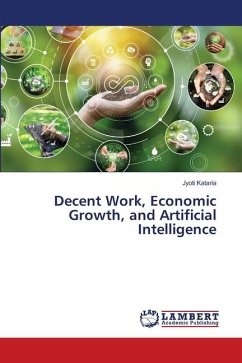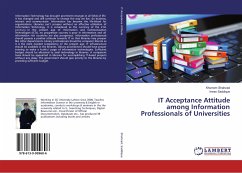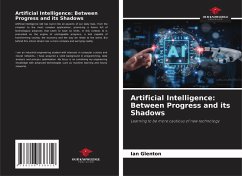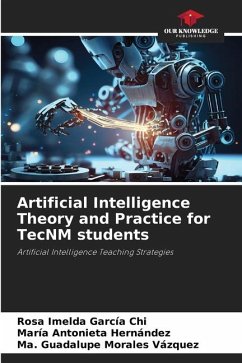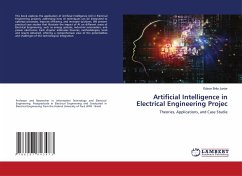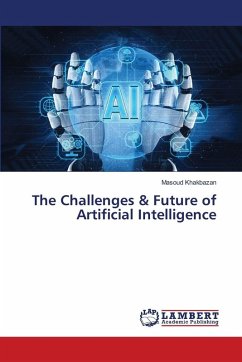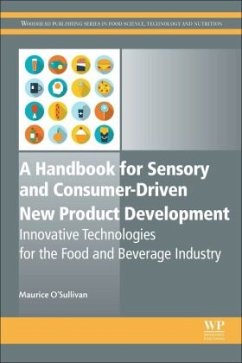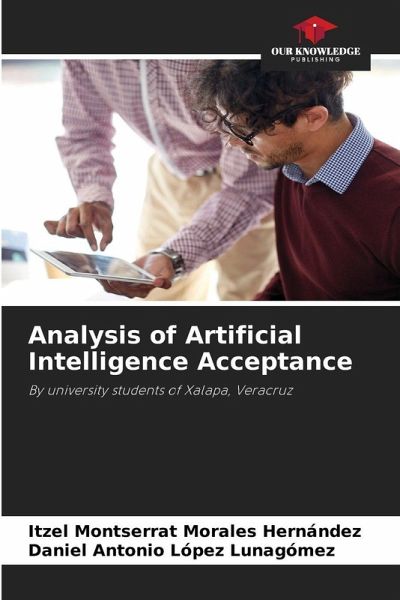
Analysis of Artificial Intelligence Acceptance
By university students of Xalapa, Veracruz
Versandkostenfrei!
Versandfertig in 6-10 Tagen
40,99 €
inkl. MwSt.

PAYBACK Punkte
20 °P sammeln!
This work focuses on understanding how well students of the Faculty of Economic-Administrative Sciences of the Universidad Veracruzana (Xalapa region) receive the use of AI, especially when it comes to creating content and thinking about their professional future. For this, a quantitative approach based on 927 surveys was used, and the CAN model was adapted to measure factors such as the environment that facilitates its use, the pressure or influence of the social environment, the expectations they have about its performance and also how much they perceive possible risks. The results were quit...
This work focuses on understanding how well students of the Faculty of Economic-Administrative Sciences of the Universidad Veracruzana (Xalapa region) receive the use of AI, especially when it comes to creating content and thinking about their professional future. For this, a quantitative approach based on 927 surveys was used, and the CAN model was adapted to measure factors such as the environment that facilitates its use, the pressure or influence of the social environment, the expectations they have about its performance and also how much they perceive possible risks. The results were quite clear: the first three variables (facilitating conditions, social influence and performance expectation) are positively linked to the intention to use AI. Perceived risk, on the other hand... well, it doesn't seem to make much difference. Based on these findings, it is suggested that universities should promote a responsible and ethical use of this technology, in line with SDG 8, which seeks to promote decent work. Keywords: artificial intelligence, technological adoption, university education, decent work, students.



